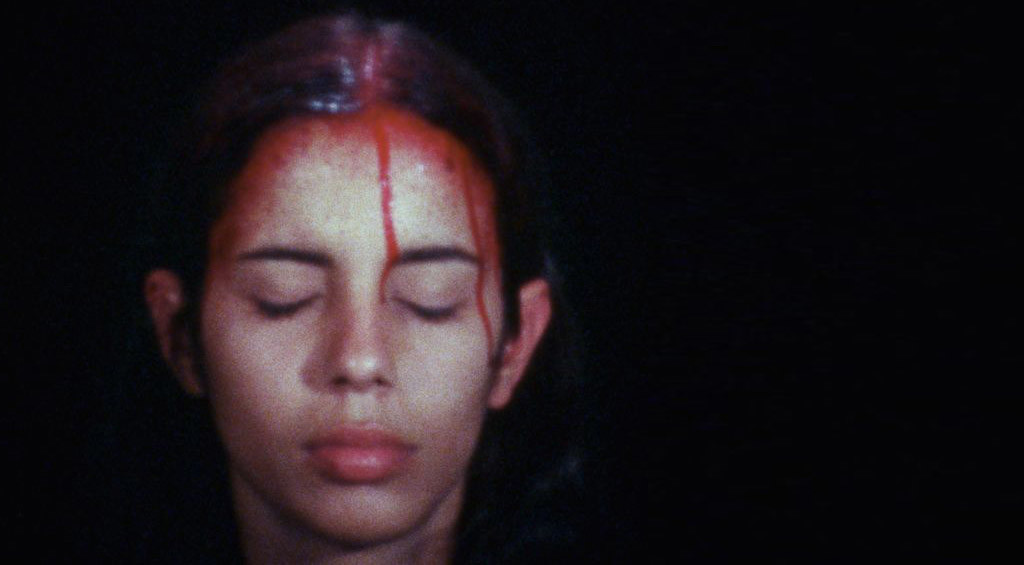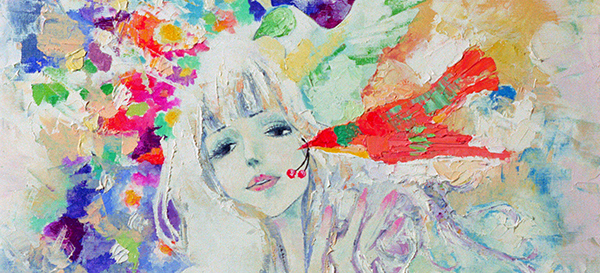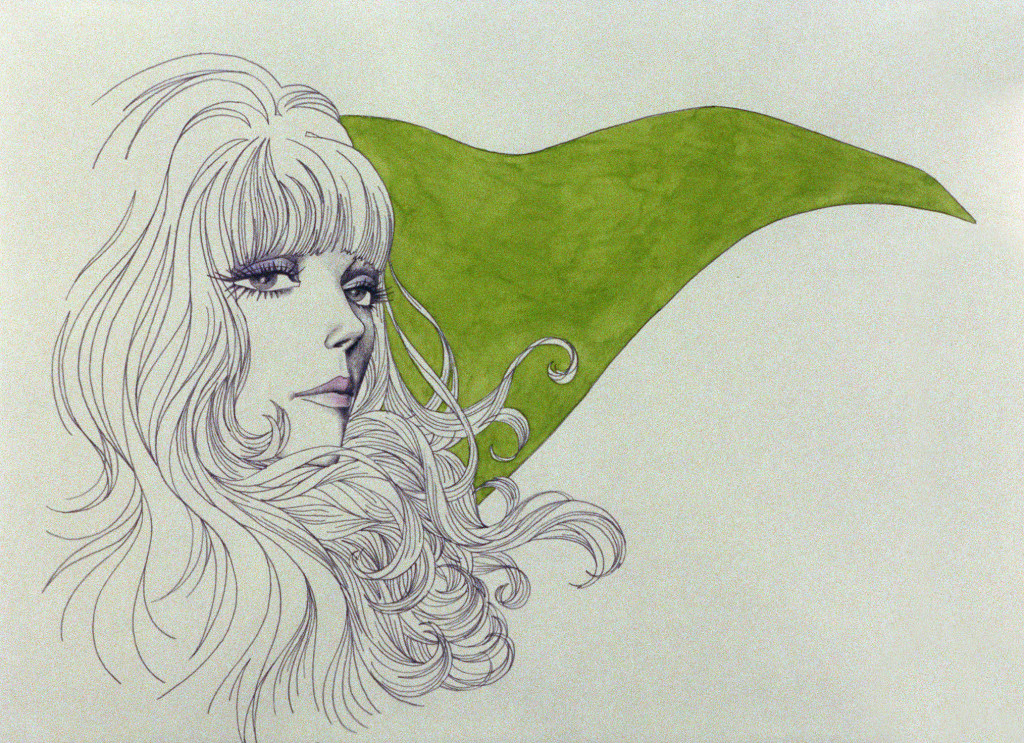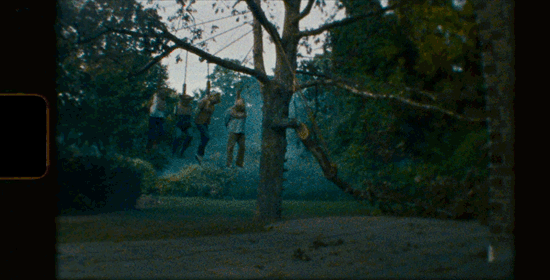
BY NOELLE BODICK
Ana Mendieta was just 36 years old when she fell from the window of a New York high-rise apartment in 1985. The Cuban-American artist’s tragic death, and the controversy surrounding its circumstances, have cast a shadow over her legacy from which, more than 30 years and 30 solo exhibitions later, it is still emerging. The obscurity has been particularly deep for one part of that legacy, the artist’s film work. But now Mendieta, best known for her body and earth art, is getting her due as film artist, after an extensive three-year project to digitize her entire filmography.
A show of fifteen of Mendieta’s works in this medium — nine of them never before seen — will debut this week at Galerie Lelong, in New York. These are a small sample of the more than 100 artist films she made between 1971, when she was a student at the University of Iowa, and 1981, when she moved on to creating sculptural objects in the studio.
“There are a lot of artists who are known for making films, and she is not usually on those lists just because we hadn’t yet discovered all of these works,” said Mendieta’s niece, Raquel Cecilia Mendieta, who is the film archivist for the Estate of Ana Mendieta Collection and led the restoration project.
“For the next three years, Raquel Cecilia digitized and restored these works at Cinelicious, a boutique lab in LA. A portion of them appear in the exhibition “Covered in Time and History: The Films of Ana Mendieta,”
Today based in Los Angeles, Raquel Cecilia was just graduating high school when news of her aunt’s death reached her and her mother, Raquelin Mendieta, who serves as the administrator of the artist’s estate. The young niece already knew that she would go into the arts, like her aunt, and indeed went on to become a filmmaker, earning an MFA from the School of Theater Film and Television at UCLA in 2005. In 2012, while shooting a feature documentary about her aunt (currently in postproduction), she began digging through the Mendieta archive and found never-before-seen filmed pieces in outdated formats: half-inch reel-to-reel video, super 8, 16mm.
For the next three years, Raquel Cecilia digitized and restored these works at Cinelicious, a boutique lab in LA. A portion of them appear in the exhibition “Covered in Time and History: The Films of Ana Mendieta,” which premiered at the Katherine E. Nash Gallery of the University of Minnesota, Minneapolis and will travel to Fort Lauderdale’s NSU Art Museum later this month.
The Galerie Lelong show includes some of Mendieta’s earliest works. These reveal a young artist mastering her medium through playful acts and bold experimentation. In one, Mendieta scratches the emulsion of the celluloid film; in another she creates an X-ray film depicting the motion inside her skull; still in another, she increases the contrast to achieve polarized graphic colors.
“But it is also interesting to see how quickly she moved away from that,” Raquel Cecilia said. “When you line up all the films in the filmography, you can see how quickly it progresses from ‘here we are experimenting with the medium’ to ‘here I am’ — here’s Ana’s voice.”
At the University of Iowa, Mendieta also collaborated with school children at Henry Sabin Elementary (where Raquel Cecilia went to kindergarten). One of the resulting films shows a mutating blob in a field whose exact nature is a mystery — one of Mendieta’s landscape works, perhaps? — until a student passes by, and it becomes evident that those are children’s heads bobbing up and down underneath a large tarp.
Within the context of Mendieta’s overall oeuvre, these collaborative pieces and school-day experimentations, along with the other rediscovered filmic pieces, are more illuminating than revolutionary. They do not overturn the established art historical understanding of the artist and her ritualistic works in nature. Rather, they give us a better sense of how Mendieta considered and deployed her technical tool. It’s as if we get a glimpse of a painter learning how to wield a brush and make her mark. “It wasn’t just the dirt and the trees and the landscape. It was also: ‘How are you going to record this?’ And the camera was always in the forefront of her mind,” Raquel Cecilia said. “It is just a different way of thinking about her work.”




